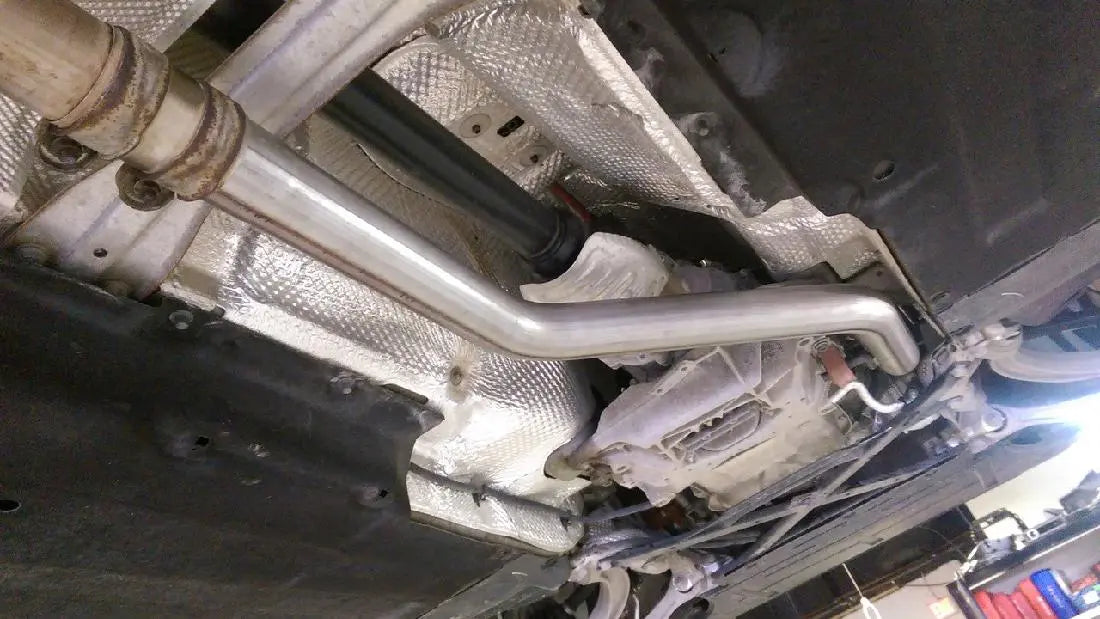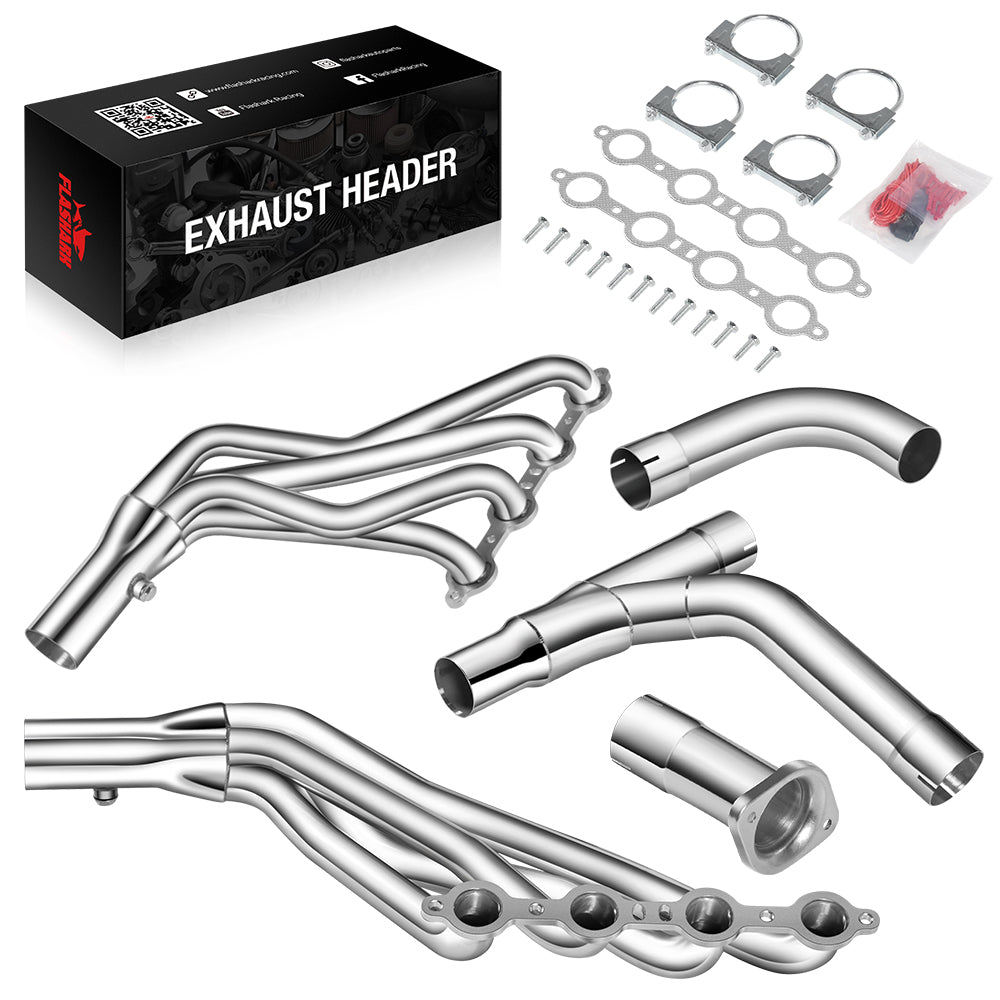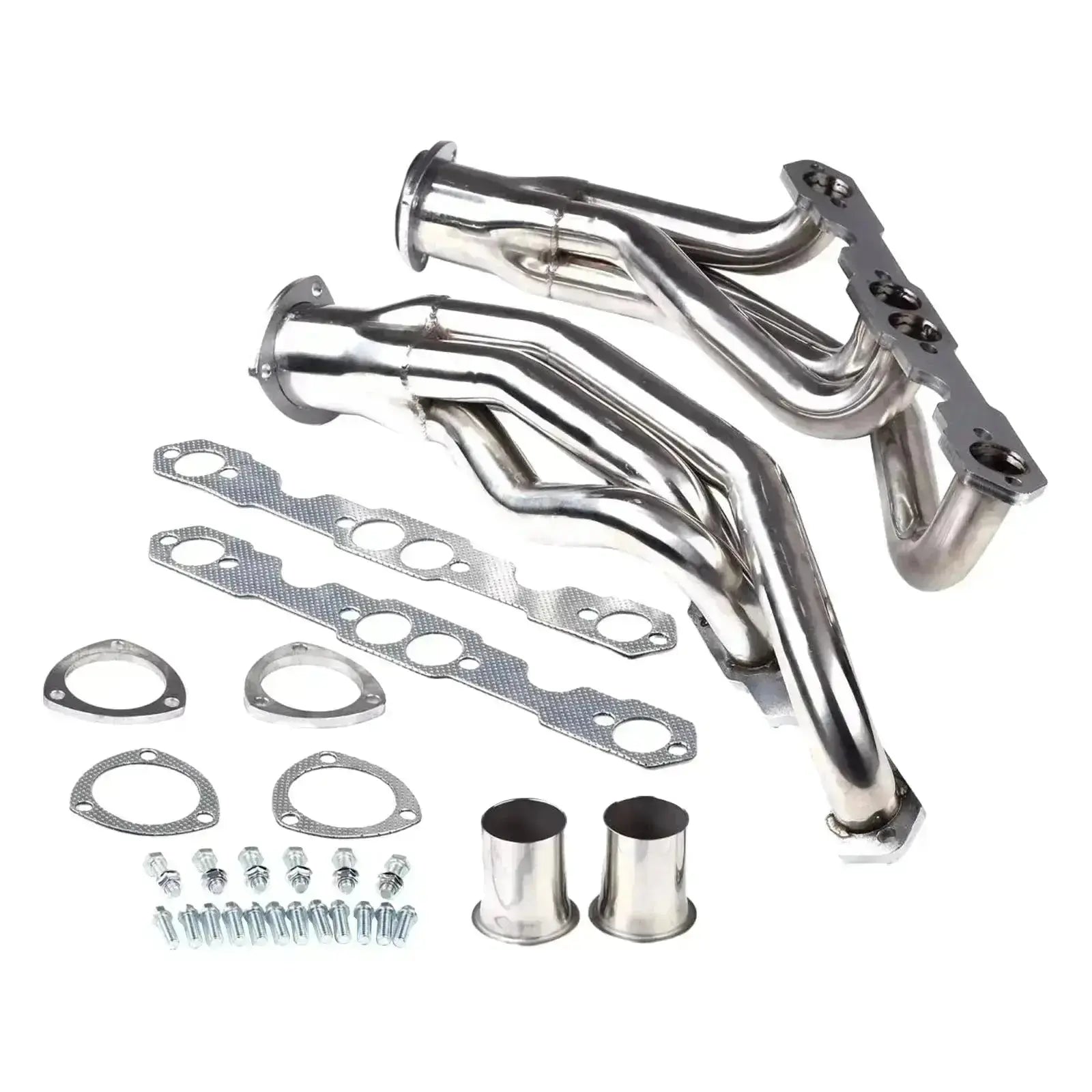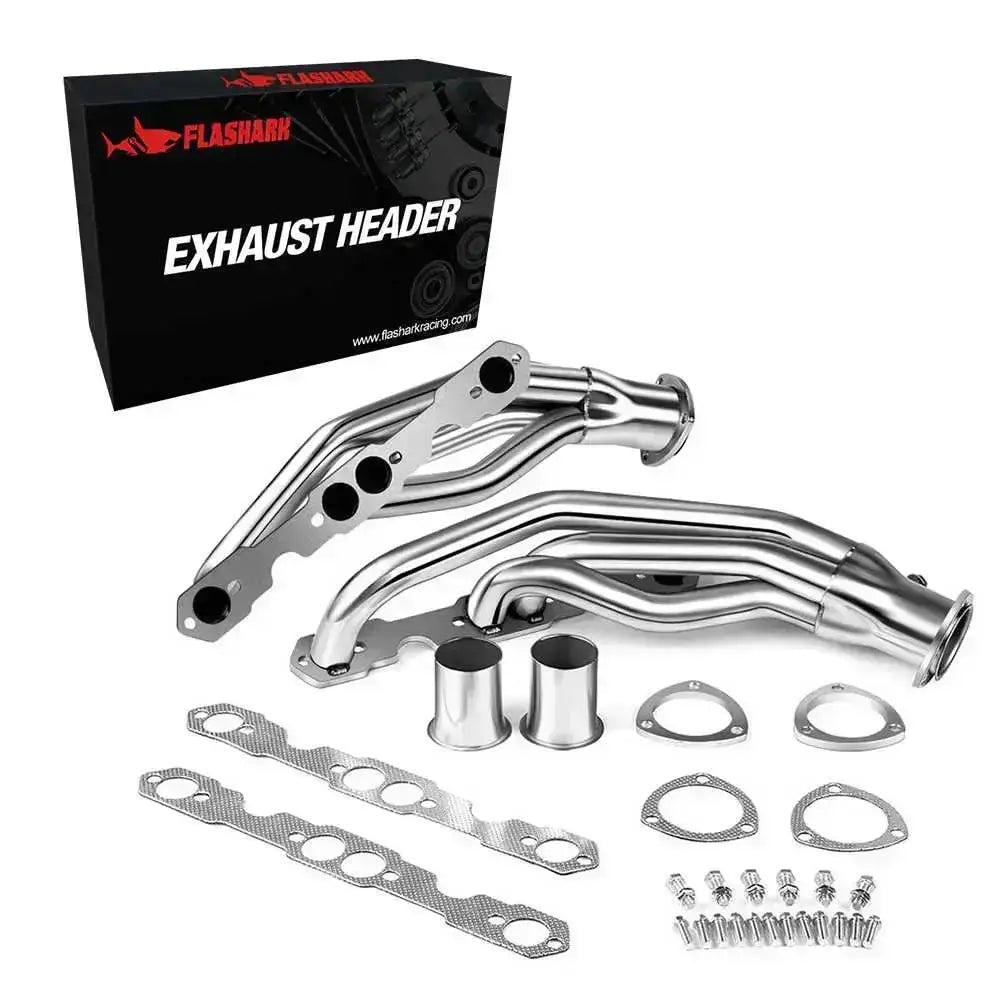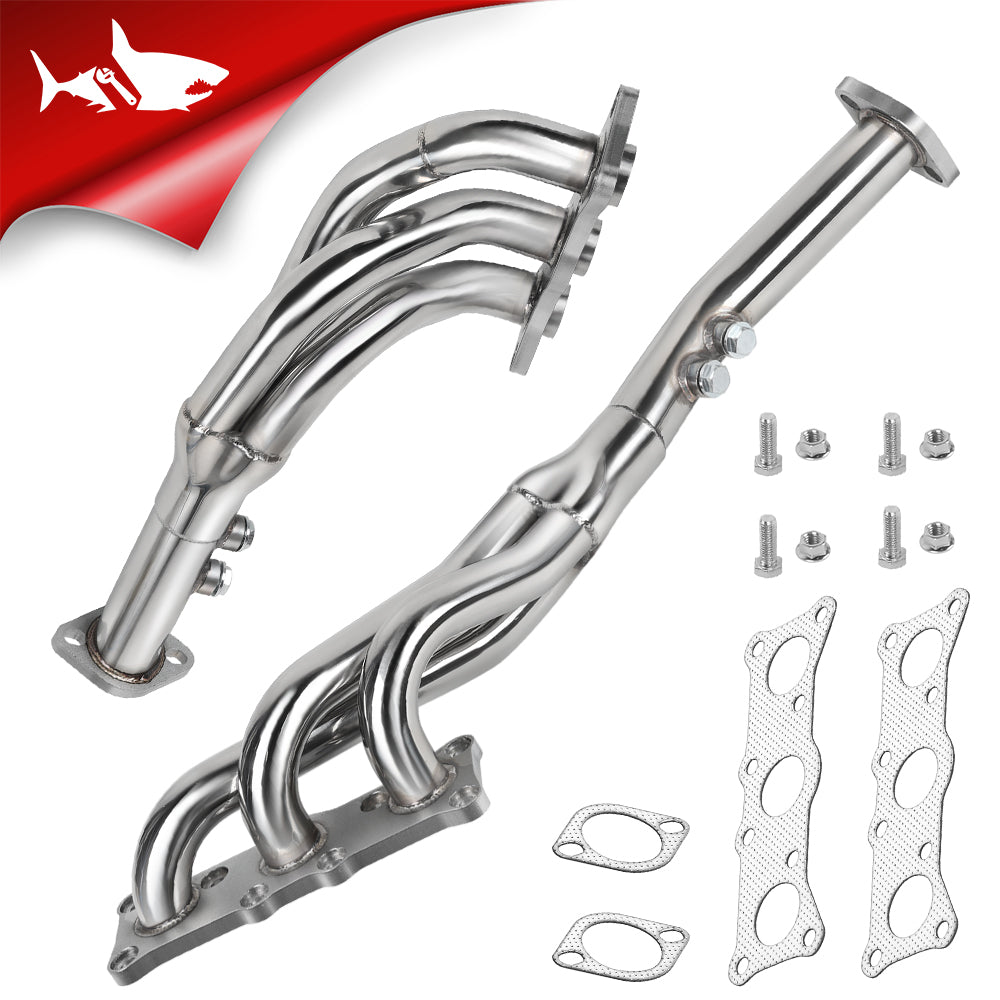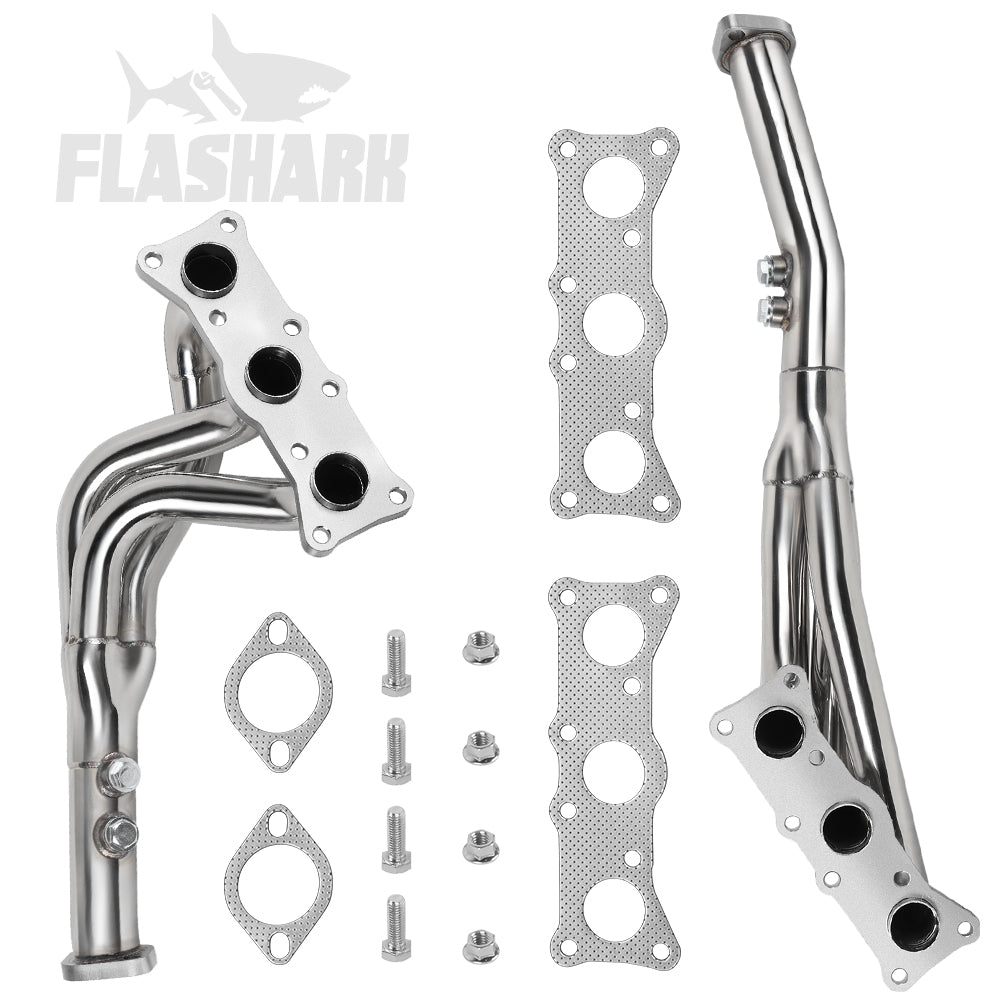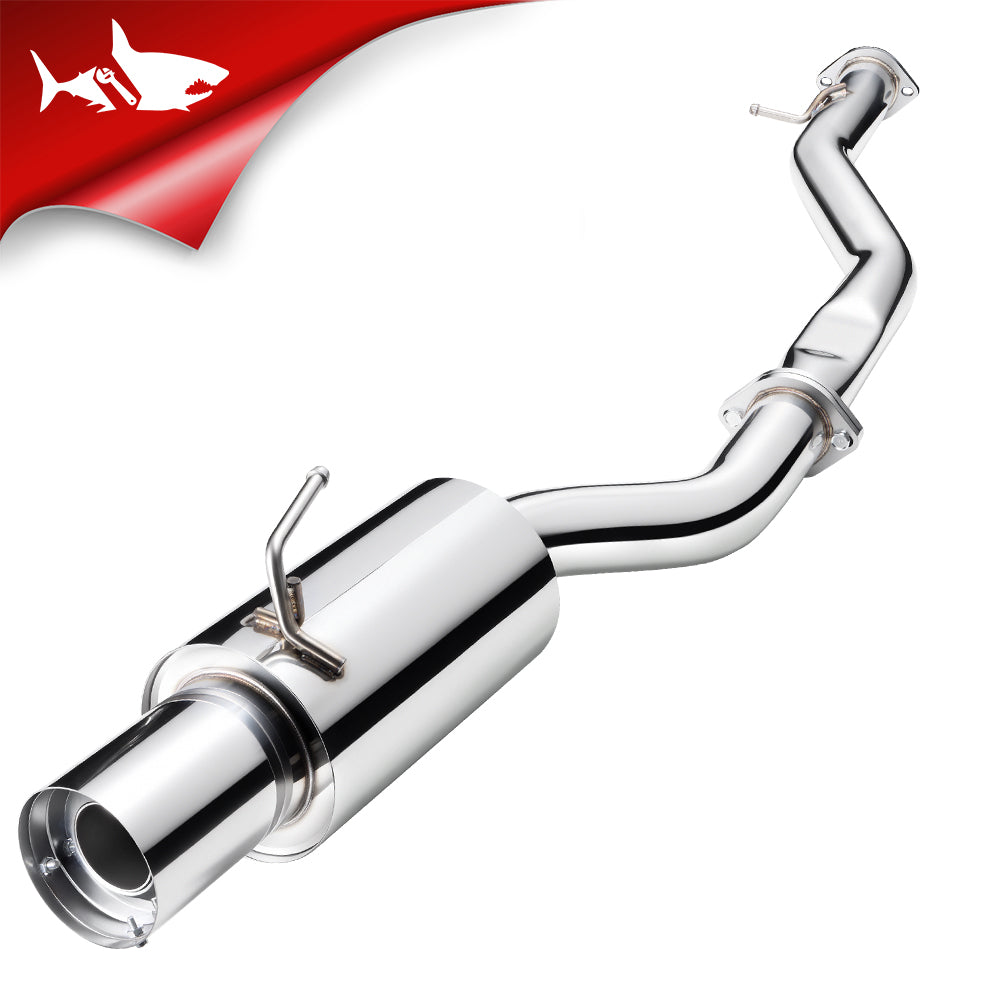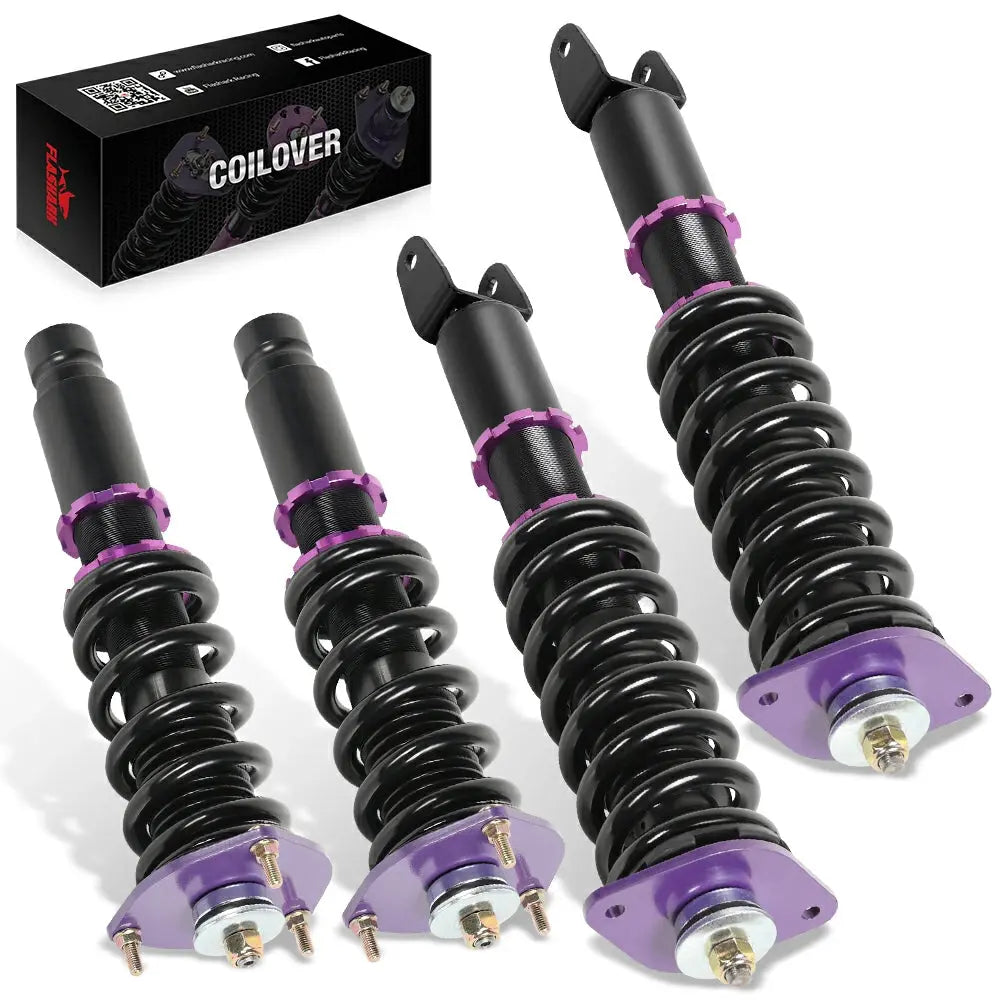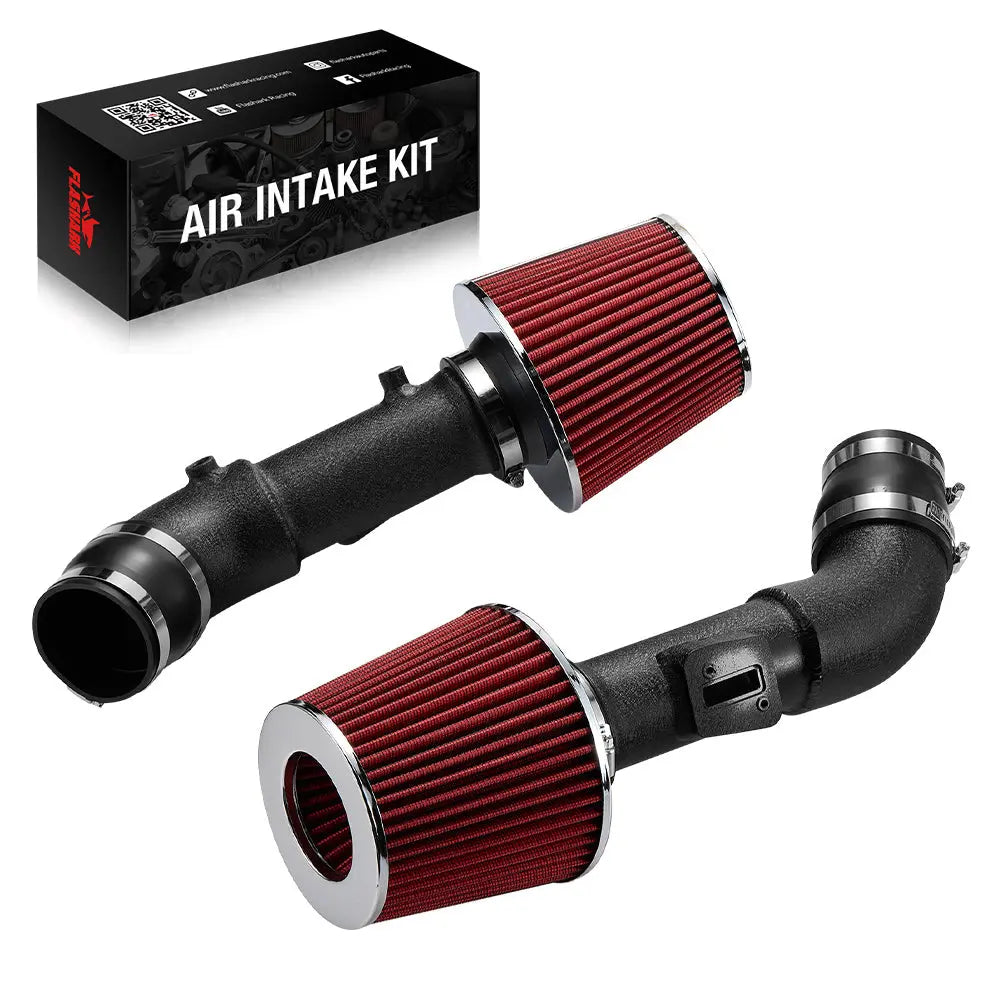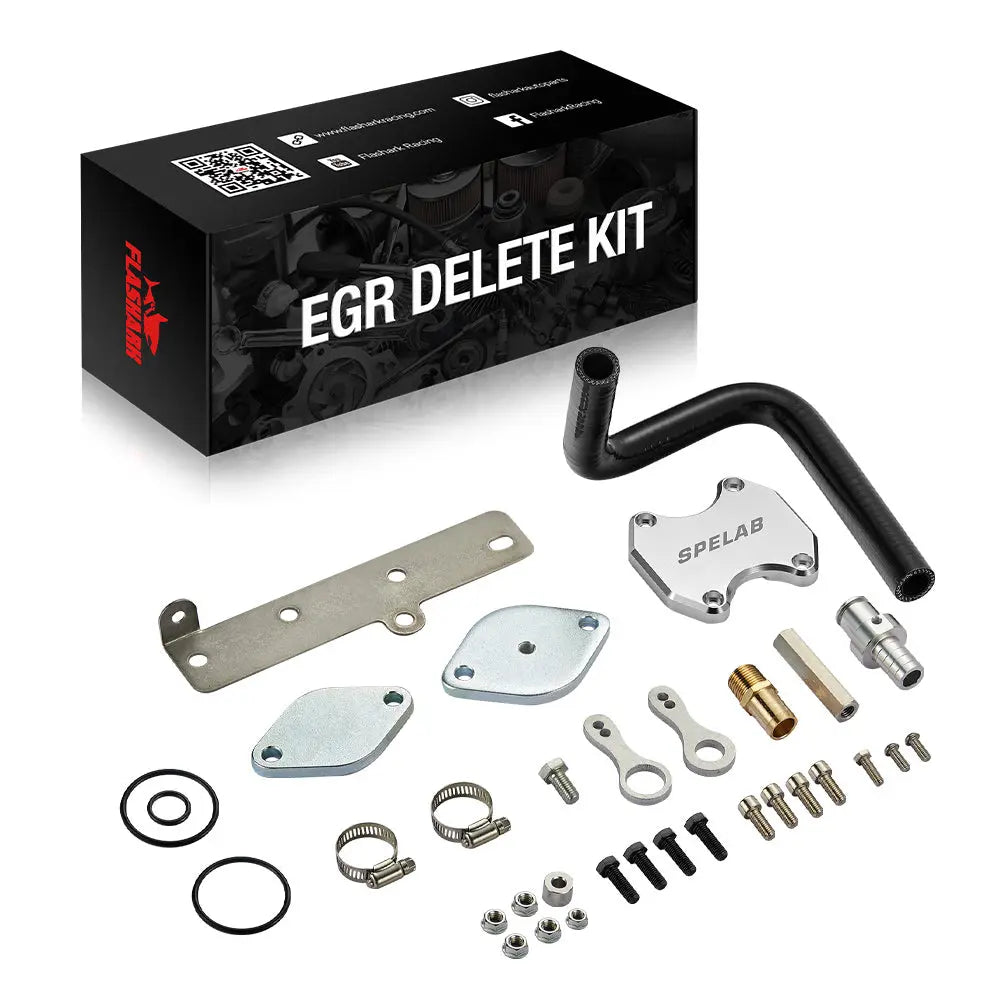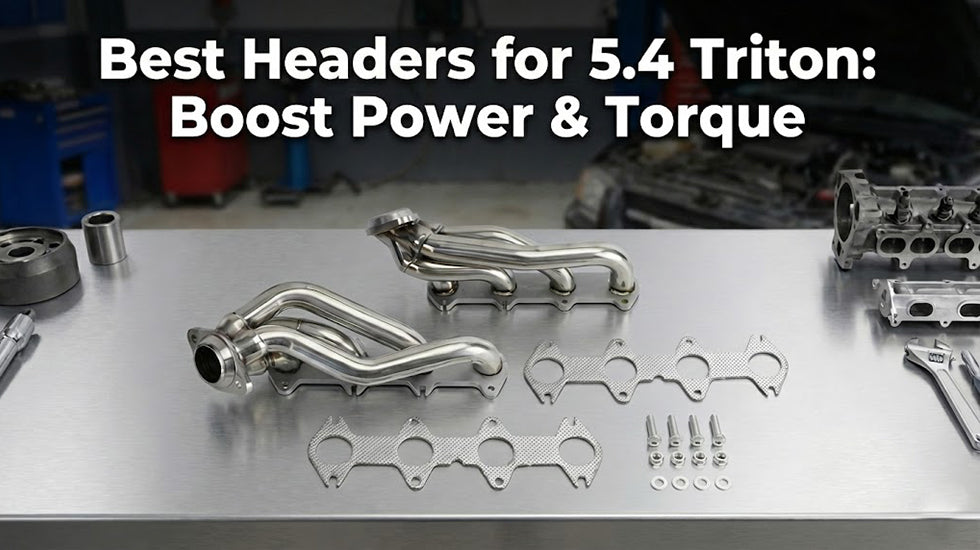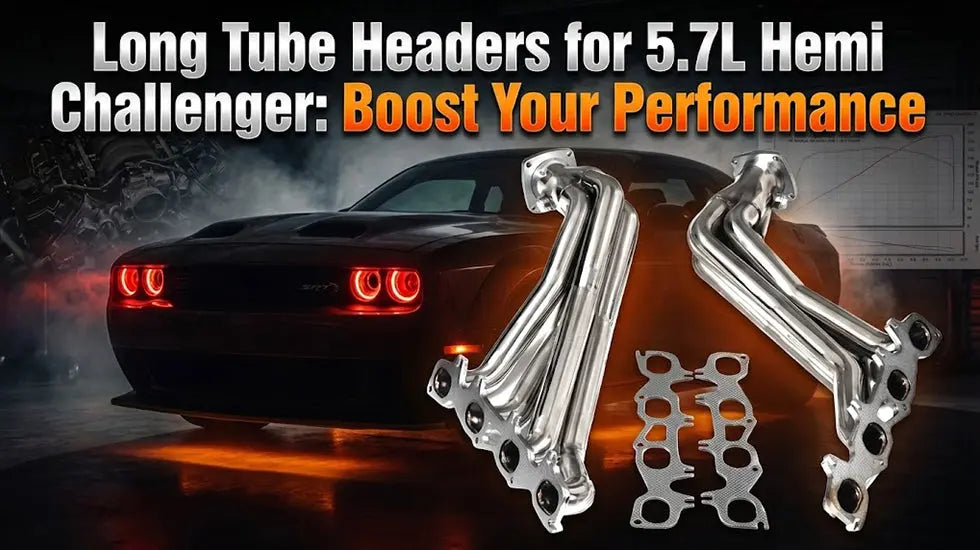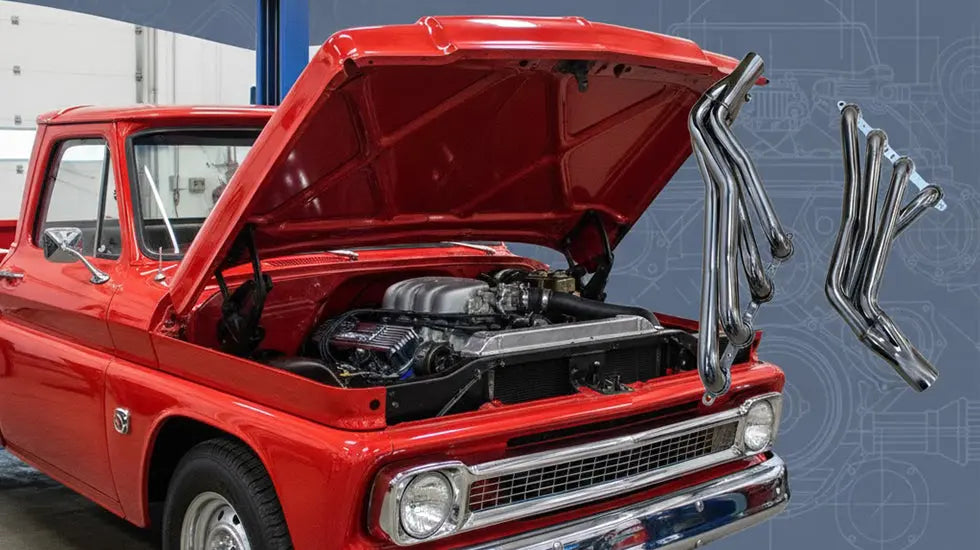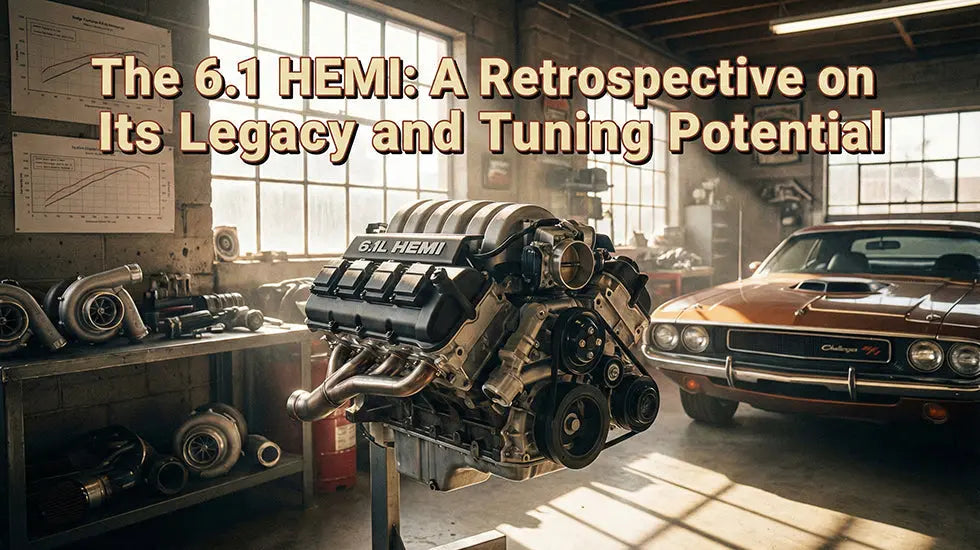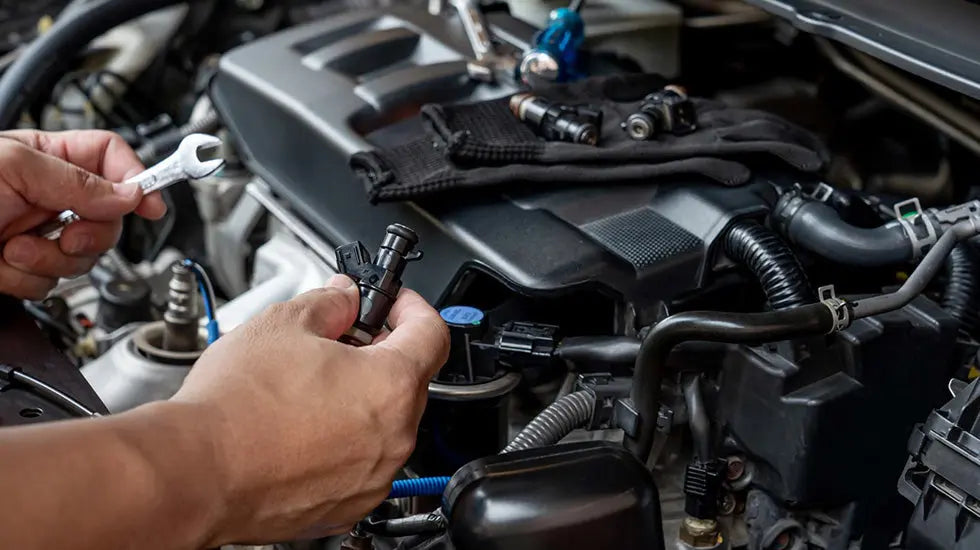DPF, or Diesel Particulate Filter, is an emissions control device found in modern diesel engines. It is crucial in reducing pollutants by trapping soot and ash particles from the exhaust. However, some drivers opt for a DPF delete, which involves removing this filter to enhance performance and fuel efficiency.
Reasons for DPF Removal
Many drivers consider removing the DPF to boost their vehicle's engine power. This process can lead to noticeable gains in horsepower and torque, making the engine more responsive. The removal often results in improved fuel efficiency, which is a significant draw for those looking to reduce fuel consumption.
This decision isn't just about power and efficiency; it's also about reducing maintenance needs. DPFs can clog over time, necessitating costly cleaning or replacement. By removing the DPF, drivers sidestep these potential expenses and the associated downtime.
It's important to weigh these benefits against the potential implications of a DPF delete. Every modification to a vehicle's emission system carries consequences, and understanding these is key to making an informed decision.

Impact of DPF Delete on Fuel Economy
Removing the DPF can lead to a notable decrease in fuel consumption. This improvement in fuel economy is due to the reduced backpressure on the engine once the DPF is removed. With less strain, the engine operates more efficiently, consuming less fuel.
However, it's not all about the immediate gains. The long-term effects on fuel economy can vary based on driving habits and the condition of the engine. Consistent, heavy-duty use might significantly improve more than light, everyday driving.
It's also worth noting that these changes might not be uniform across all vehicle models. Different engines respond differently to the removal of the DPF, and what works for one might not be as effective for another. Keeping a close eye on fuel consumption after the delete can give a clear picture of the impact on your specific vehicle.

Deleting DPF and Engine Performance
When a DPF is removed, engines typically experience an increase in horsepower and torque. This boost is especially noticeable in heavy-duty vehicles. For instance, a 6.7 Powerstroke delete can significantly enhance the truck's hauling and towing capabilities.
There's also an improvement in acceleration. Vehicles respond quicker, making them feel more agile, especially under load. This responsiveness is a big plus for drivers who need that extra push in demanding situations.
Efficiency is another area where changes are evident. Without the DPF, engines don't work as hard, which can translate into smoother operation and potentially longer engine life. However, the extent of these benefits can vary from one vehicle to another.
DPF Removal Without a Tuner
Attempting a DPF removal without a tuner is risky. The engine's computer is calibrated to work with the DPF in place, and removing it without reprogramming can lead to errors and poor performance.
For some vehicles, a 2016 duramax delete kit is often essential. These kits typically include the necessary components to bypass the DPF system and recalibrate the engine's computer. This ensures the engine runs smoothly post-delete.
Sensor calibration is a crucial aspect of the DPF removal process. Modern engines are equipped with various sensors that monitor exhaust flow and composition. If these sensors aren't recalibrated correctly after the DPF is removed, they can trigger warning lights and impact engine performance.
Skipping the tuner and going straight for a DPF delete kit might seem like a shortcut, but it can lead to more complications. Proper recalibration is vital for maintaining engine health and ensuring the vehicle operates as intended.

Overview of DPF Delete Kits
DPF delete kits come in various forms, tailored to different vehicle models and engine types. Each kit typically includes parts like bypass pipes, sensors, and sometimes even software for recalibrating the engine's computer.
Choosing the right kit is crucial. It must be compatible with the vehicle's make and model to ensure a seamless fit and function. Some kits are designed for ease of installation, appealing to DIY enthusiasts, while others might require professional installation.
The installation process generally involves removing the existing DPF system and replacing it with the components from the delete kit. This process can be intricate, involving both mechanical and software adjustments.
When installing a DPF delete kit, following the instructions meticulously is important. Proper installation ensures the vehicle runs efficiently and avoids potential issues down the line.
Conclusion
DPF delete kits offer a practical solution for enhancing vehicle performance and fuel efficiency. They provide a means to bypass the DPF system, increasing horsepower and better fuel economy. Tailored for various vehicle models, these kits are valuable for optimizing a vehicle's capabilities.

